Blog
Blog
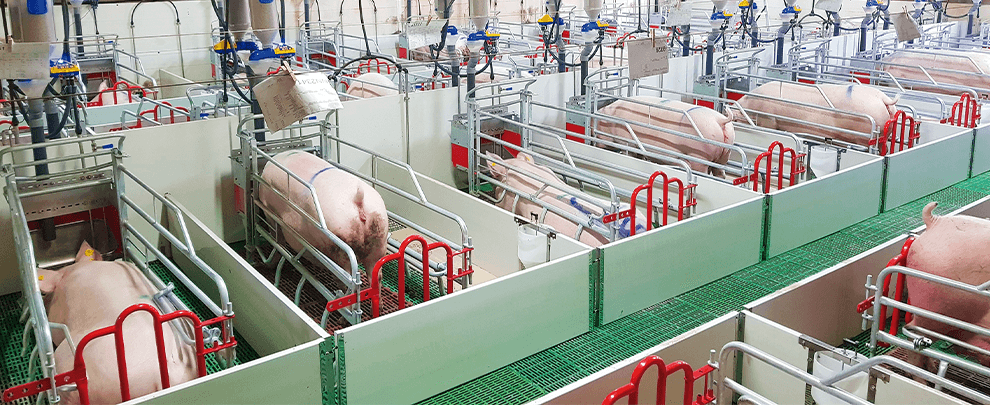
Feeding strategies for nursing sows
13th July 2021 - Studies
Josep Rius. Rotecna R+D Department.
From a nutritional point of view, the sow’s lactation phase is a critical point. During this period, and mainly due to milk production, energy and nutrient need double and triple. These high needs can only be met with optimum intake by the sows. Therefore, correct diet management during lactation is essential.
In general, the lactating sows voluntary food consumption is usually insufficient to meet the nutritional needs for milk production, which causes body reserves mobilization. Although some mobilization of resources during lactation is inevitable, it should not exceed a certain weight loss and body reserves level, since an excessive mobilization of body tissues can have negative repercussions on the sow’s reproductive lifespan: increases in the weaning-covering interval (King 1987), reductions in litter size the next cycle (Kirkwood and Thacker 1988) and, in general, a decrease in the useful life of females. In addition, and from a productive point of view, in high temperature situations, we can expect lower milk production and weights from litter to weaning (Quiniou and Noblet 1999).
Objectives during lactation
- Manage to maintain the maximum milk production and piglets’ maximum number and weight.
- Avoid that the sows lose too much weight and reserves (fat and protein) and get them to maintain their optimal body and reproductive condition during as many productive cycles as possible.
- That the sows extract the maximum yield from the ingested feed with the minimum waste.
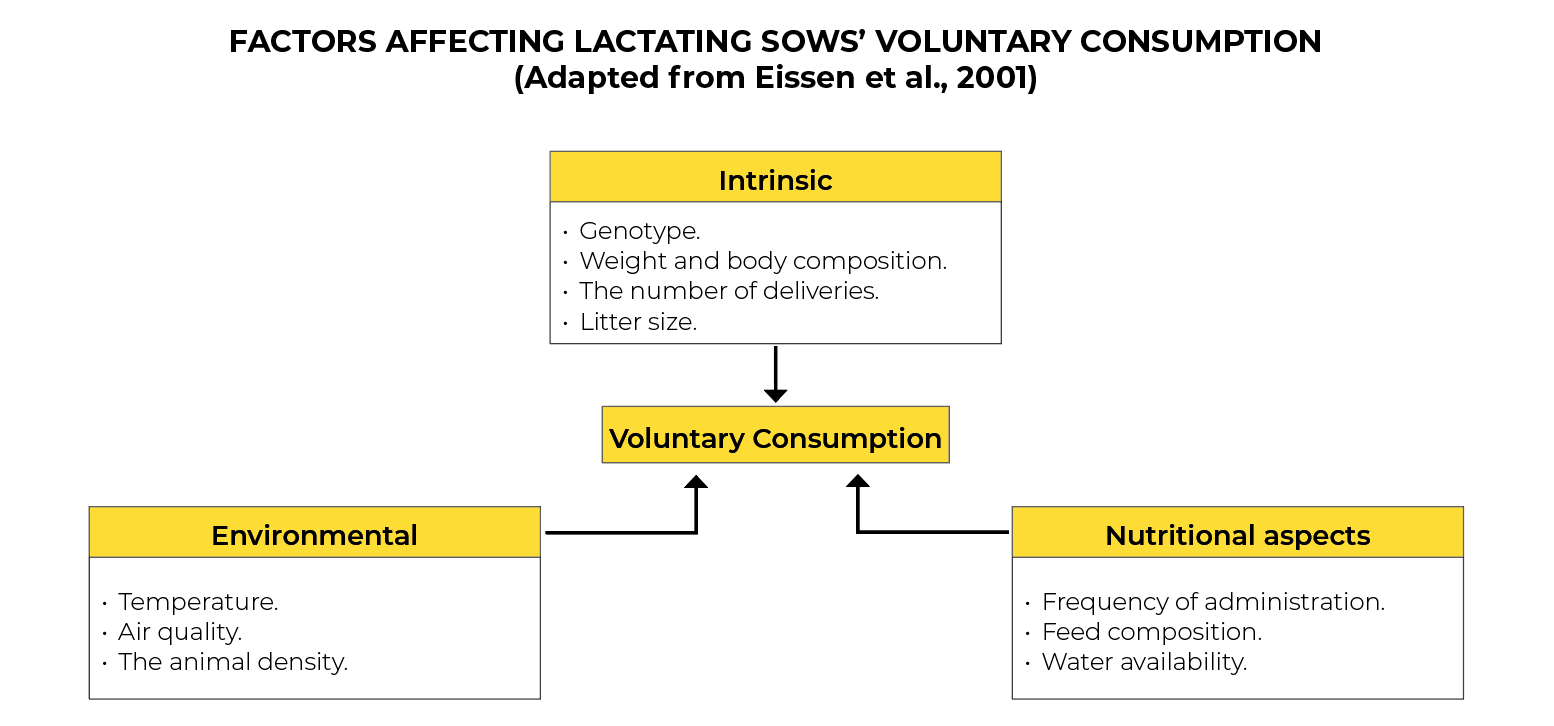
Factors influencing milk production during lactation
- Genotype.
- The sow’s health and breasts.
- The sow’s voluntary intake.
- Sow’s maternal attitude.
- Sow parity.
- Litter size.
- Duration of lactation.
- The weight and body condition of the sow (feeding is important during gestation).
- Body reserves mobilization.
- Environmental conditions (temperature and air quality).
Maximizing milk production
- Feeding program and frequency of administration.
- Composition, feed digestibility and presentation.
- Water intake.
Feeding strategies
There are multiple feeding strategies, but if we break them down, we could group them into three large groups: rationed or restricted, 'semi-ad libitum' and 'ad libitum'. As we have seen, multiple factors directly intervene in the animals’ voluntary consumption, which, added to those of each farm (welfare, personnel, facilities, management, etc.), make each of them different.
* Rationed or restricted systems: They are the ones that slowly increase the feed amount, reaching a moderate maximum, which is maintained until weaning day.
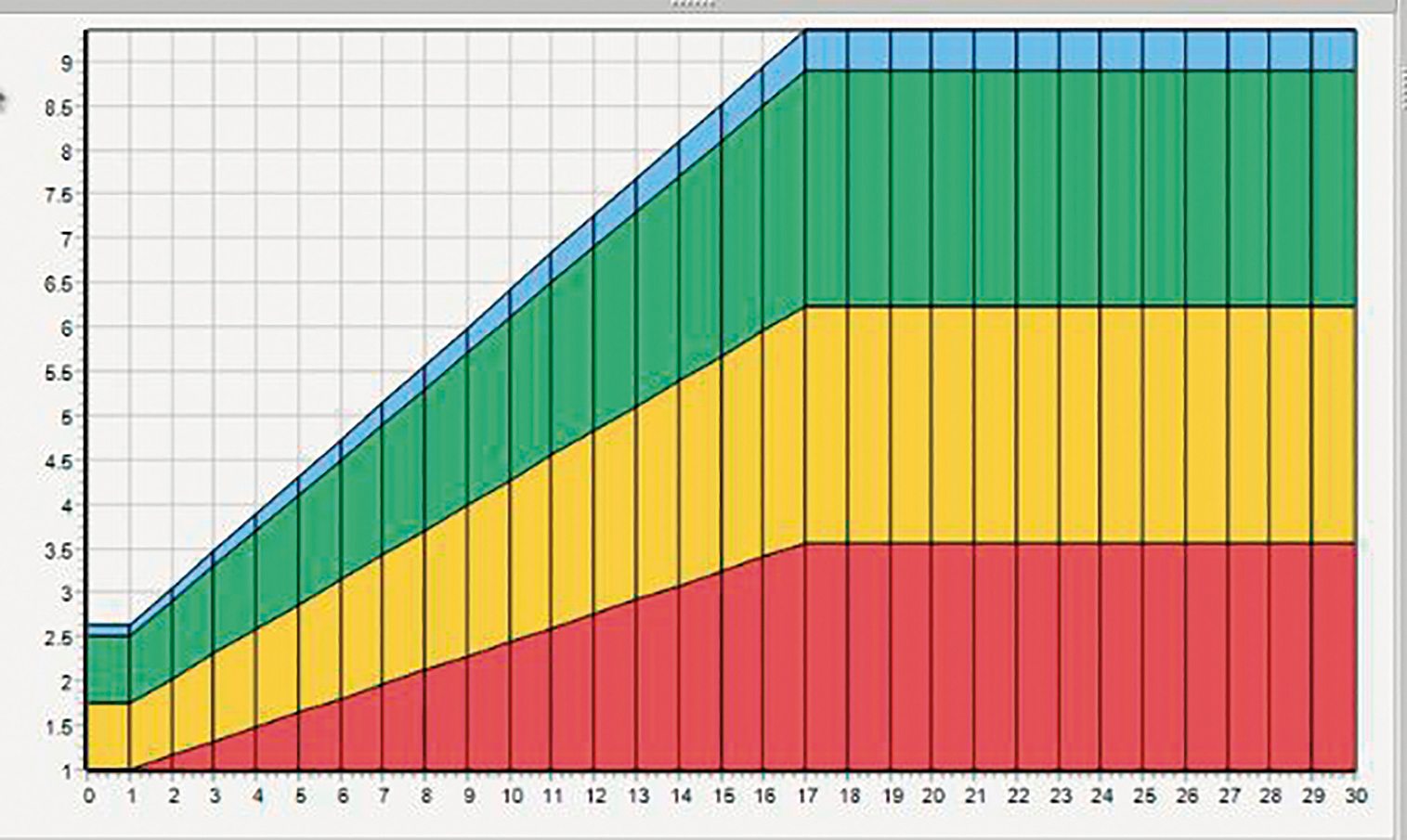
* 'Semi-ad libitum' systems: They are also increasing, but faster, the feed amount reaching a high maximum, which is maintained until weaning.
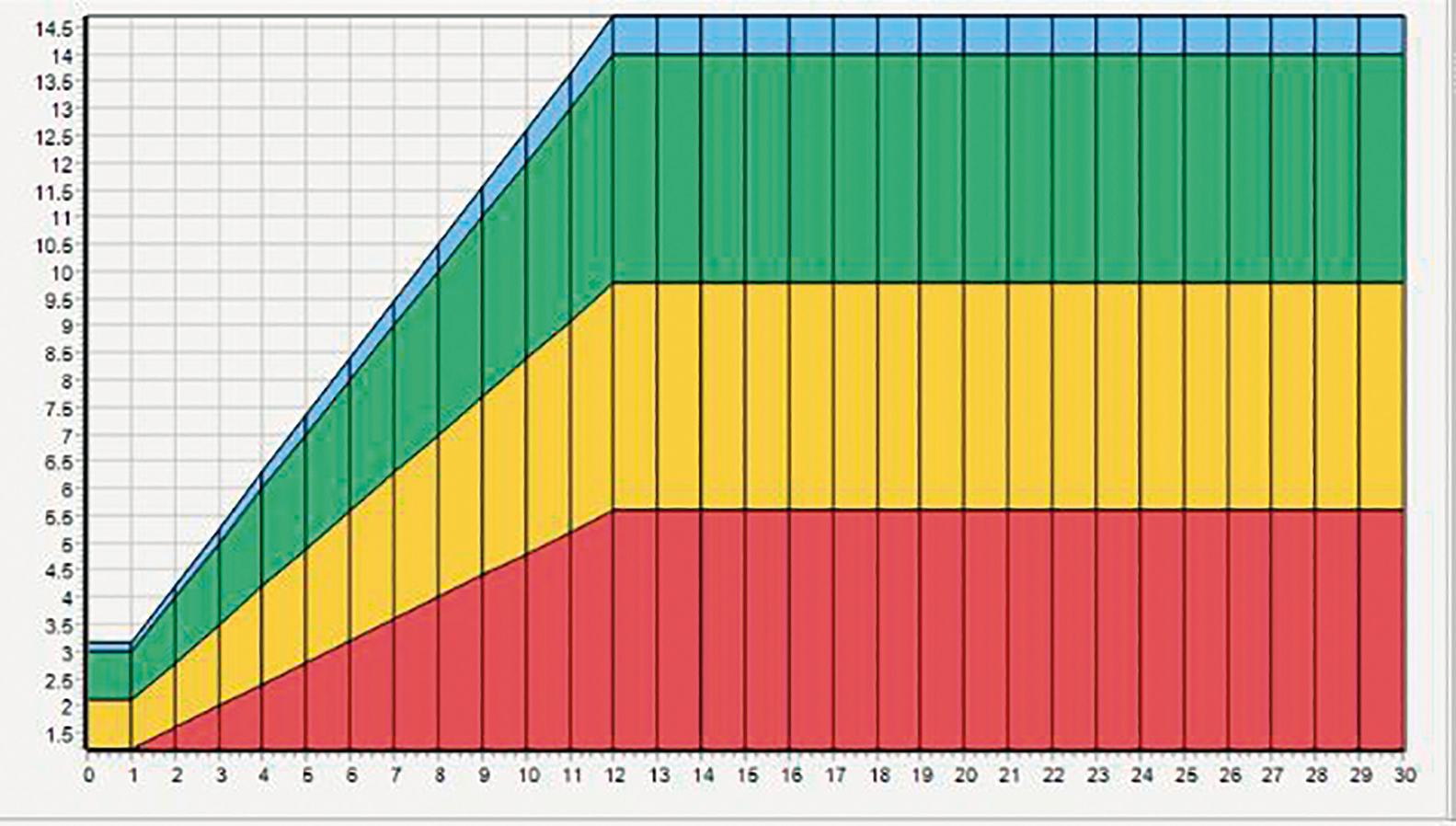
* 'Ad libitum' systems: From delivery day (even sometimes in prepartum) or a few days later, the sow always has (24 hours a day) more feed than it can consume at will. The idea is that the nursing sow should eat as much as possible and whenever she wants.
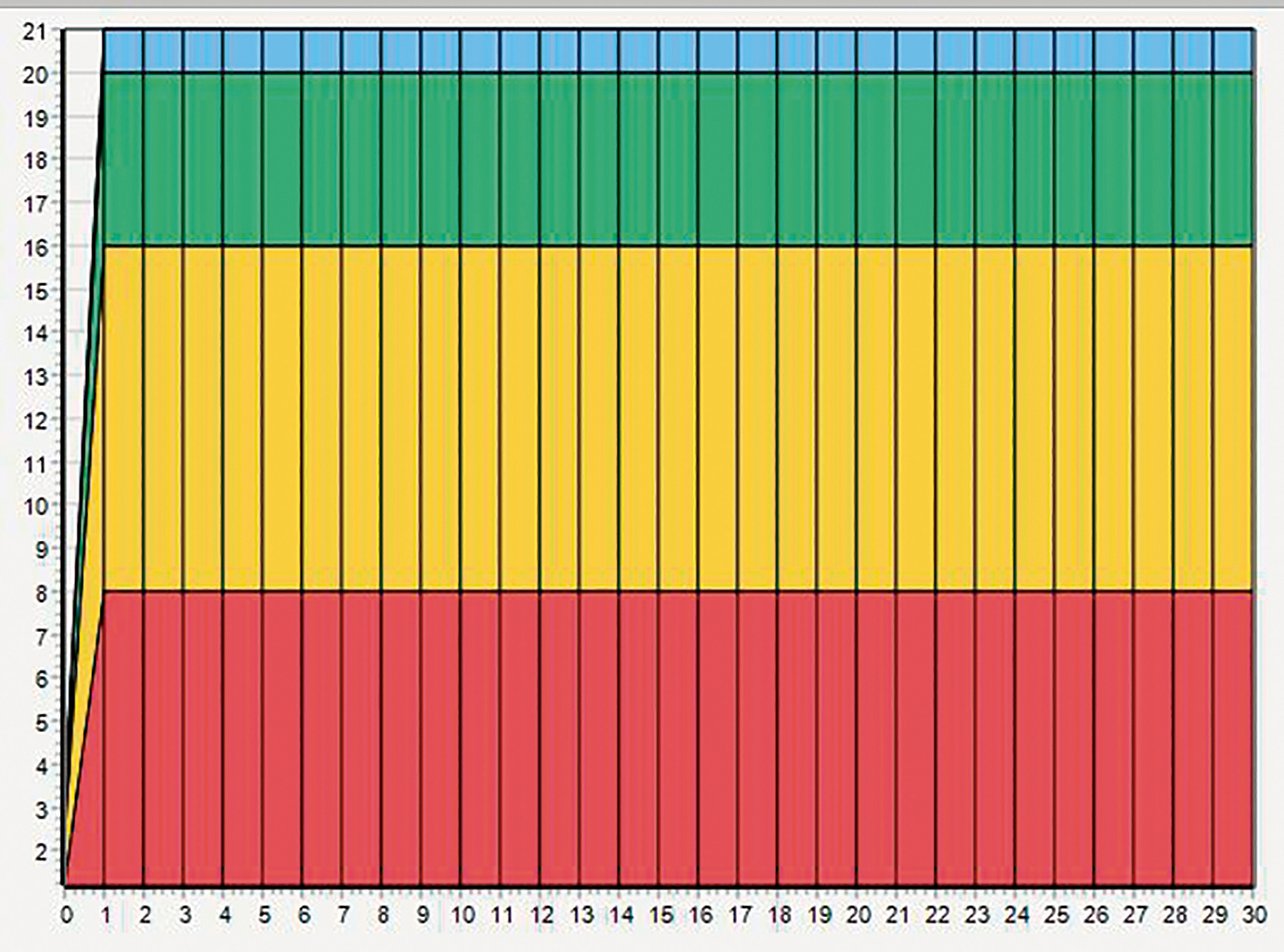
Once any of the strategies and their variants have been applied, their effectiveness must be assessed, and at least the following aspects must be evaluated:
- The sows’ weight loss/body condition.
- Piglets’ number of/weight at weaning.
- If the sows have feed supply according to their needs.
- If there is a risk of indigestion.
- If there is food waste.
- If the feed dispensed is in suitable condition for consumption.
Feed intake patterns
In addition, it must be taken into account that a curve is only a guideline to establish a feeding strategy in which a high percentage of sows that receive it have their needs met. However, not all sows eat in the same way (quantity, rhythm, constancy or ability to digest) or behave in the same way before a specific feeding strategy. Koketsu (1993) and several authors have described various intake patterns and their interrelationship with specific productive and reproductive parameters. These studies show how patterns with high and sustained intakes during lactation offer better results than low ones and with significant or irregular (higher weaning-covering rate, % of repetitions, % of anestric sent to slaughterhouse, and lower weights from litter to weaning) increases and decreases. Therefore, it is necessary to have the ability to adapt as best as possible to each of their individual requirements and avoid unwanted patterns that may be caused by a poor feeding strategy choice and its management.
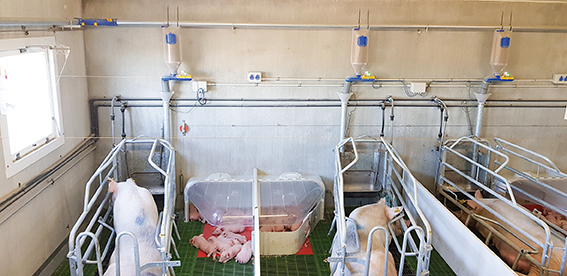
Farrowing house with Dositronic M installed. Photo: Rotecna.
Electronic power
There are many variables or nuances when planning a feeding system for nursing sows. Each farm must find the one that best suits its characteristics. There is no doubt that a precision electronic dosing system with multiple options to configure a feeding strategy, which maximizes consumption by avoiding indigestion and feed waste, dramatically simplifies this task because it offers something essential: information and results of the sows’ dietary behaviour. It also encourages, if necessary, its modification or adjustment to find the ideal curve and schedules for most sows.
If offered some freedom of expression, the sows themselves show how they like to eat. "Art" consists, as always, in knowing how to interpret it and transforming this information into a piece of practical knowledge. Again, the human factor is decisive. As everything shown with empirical data must be evaluated. Ideally this information will be contrasted with weight control and abaxial fat measurement for the sows and weight control for the piglets, data that will help us determine if the animals are being fed properly.
The person responsible for feeding sows in maternity wards has never had such suitable tools at hand, not only to make it easier for them to find a feeding strategy with the ideal curve and schedule so that most of their sows have their needs met but also to identify all the sows with different intake patterns and offer them what they need (if they are above) or assist them (if they are by below) in such an comfortable way.






